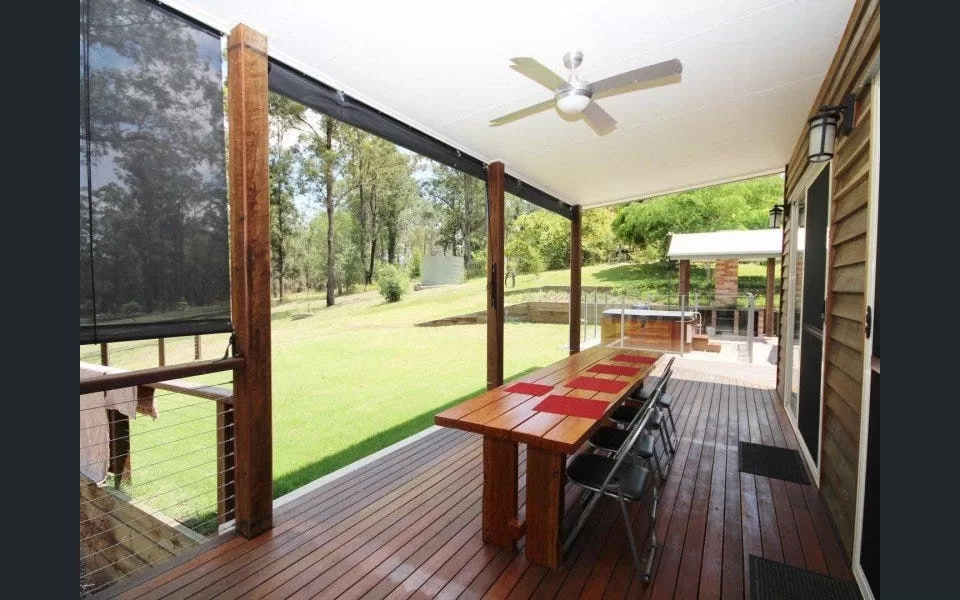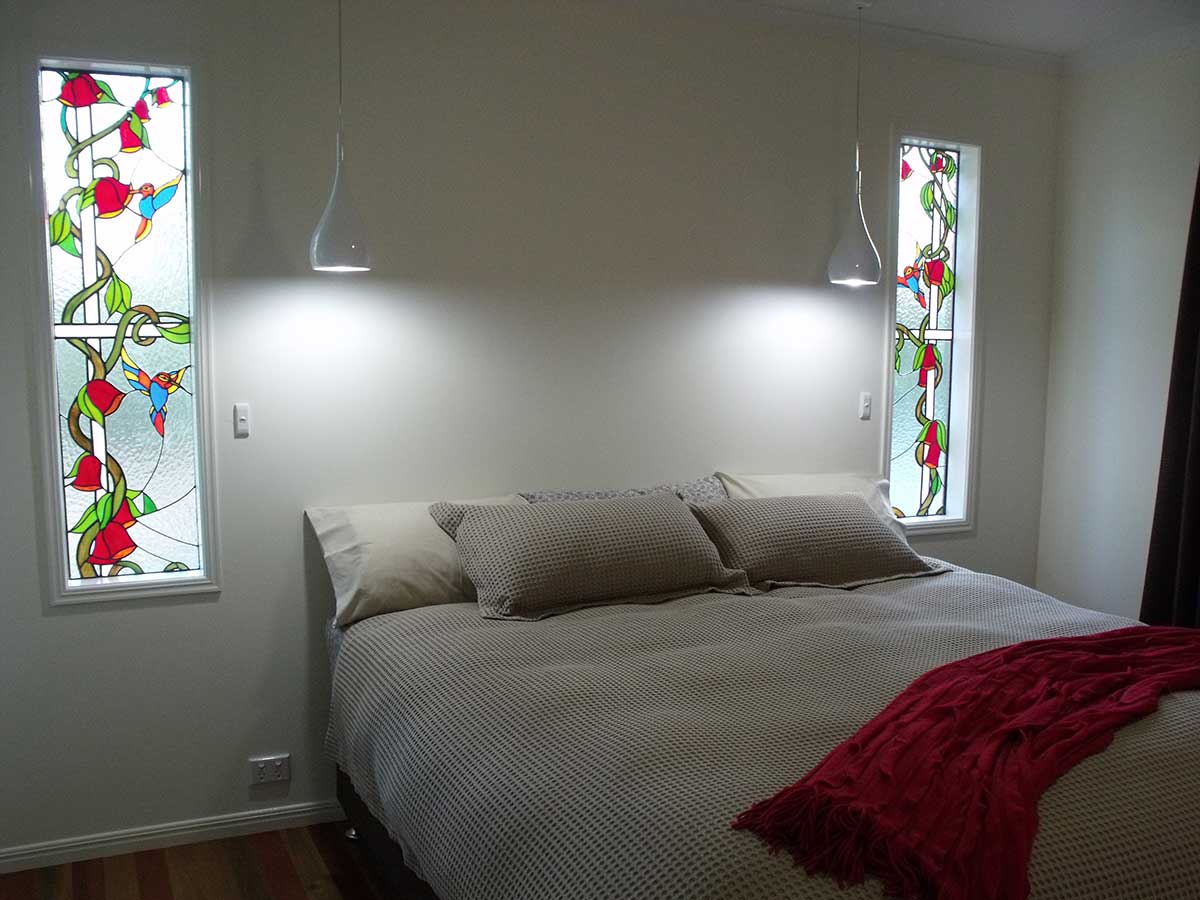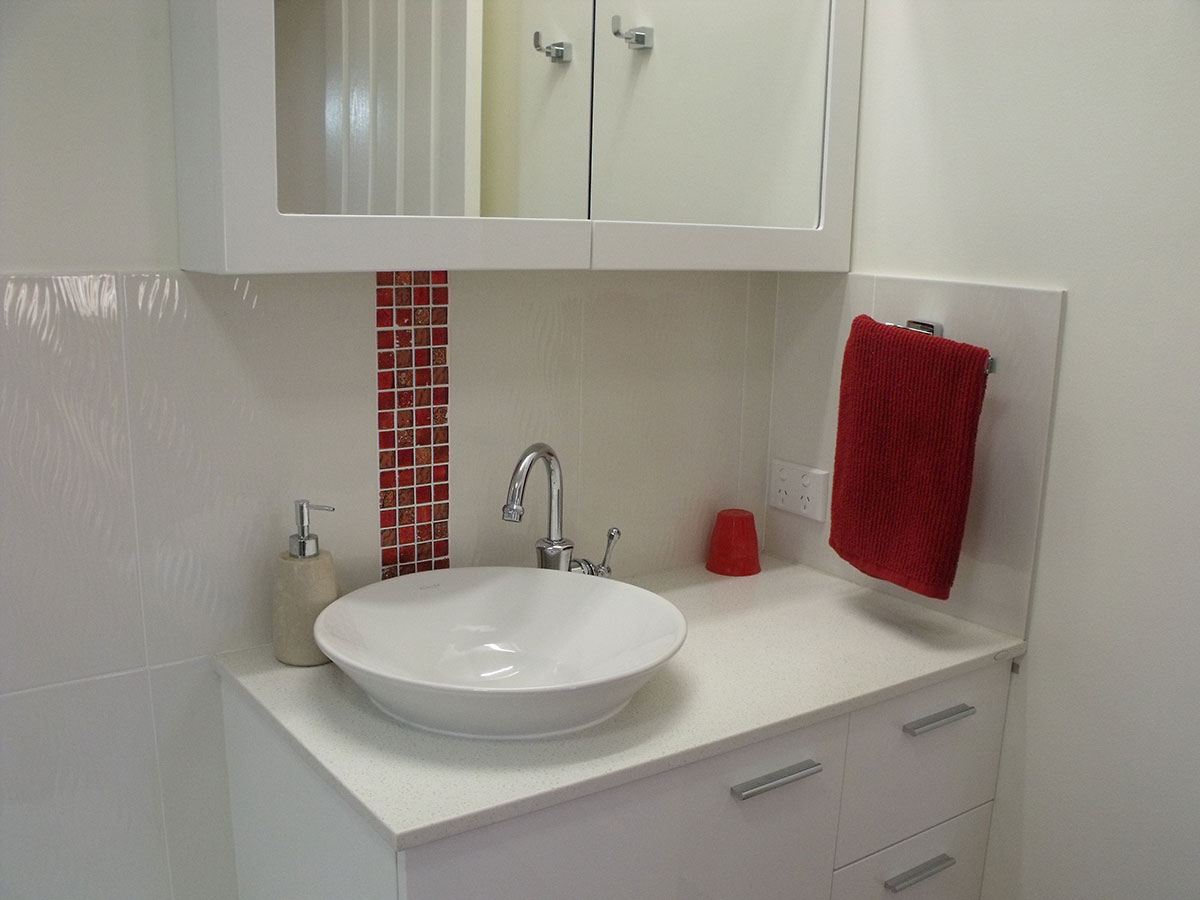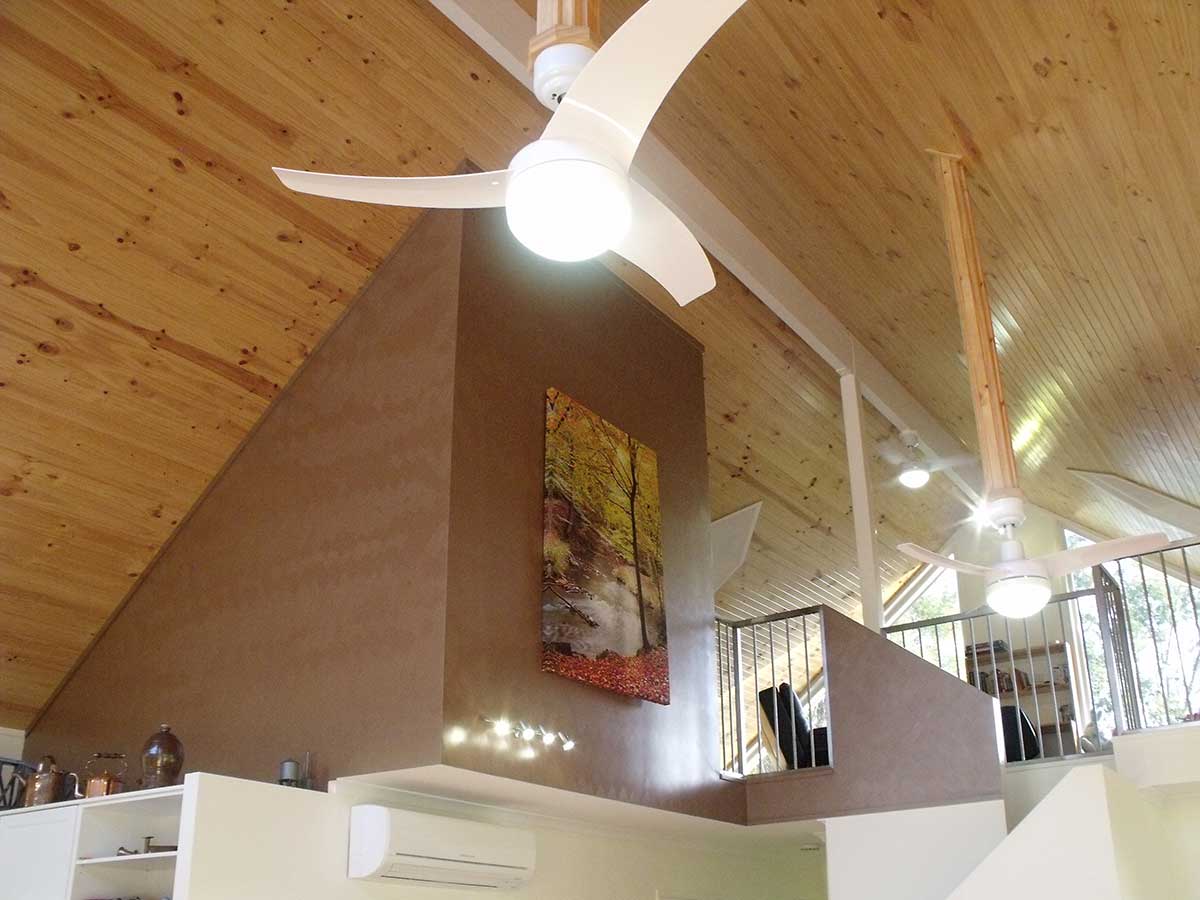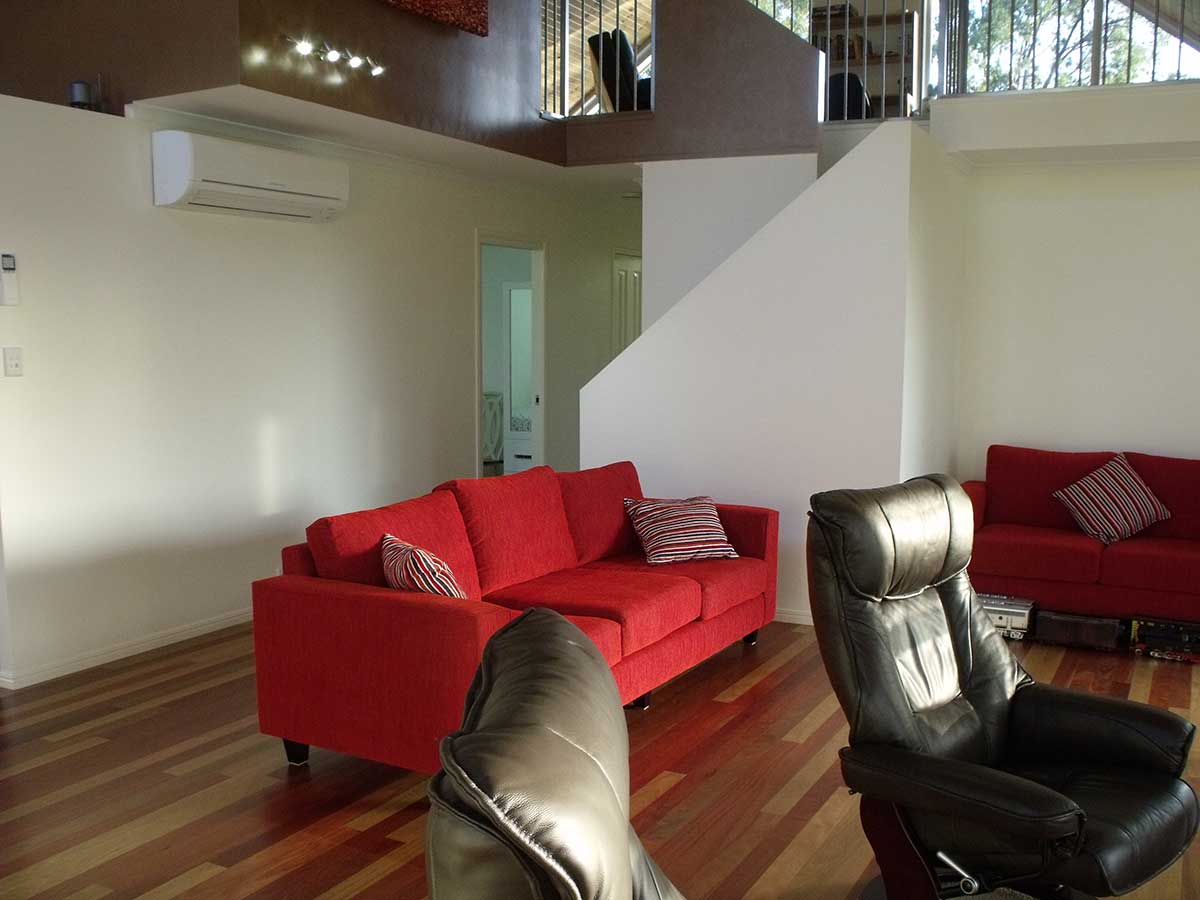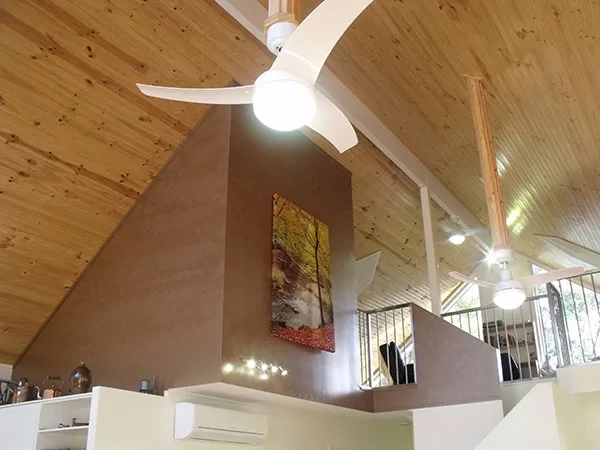What does a colour consultant do?
A color consultant, also known as a color specialist or a color expert, is a professional who provides guidance and expertise on color selection and coordination for various applications. Their primary role is to assist individuals or businesses in choosing the right colors for a particular project, space, or product. This could include interior design, fashion, branding, graphic design, or any other field where color plays a crucial role.
Some specific tasks and responsibilities of a color consultant may include:
- Advising clients on the selection of colors that align with their preferences, goals, and intended atmosphere or mood.
- Providing insights on color psychology and how different colors can influence emotions, behaviors, and perceptions.
- Suggesting color combinations that complement each other and create visual harmony.
- Offering guidance on color trends and how to incorporate them effectively into specific projects.
- Creating color palettes and schemes that reflect the desired aesthetic or branding image.
- Collaborating with other professionals such as interior designers, architects, or marketing teams to ensure cohesive color integration within the overall design or branding strategy.
- Conducting on-site assessments to evaluate how lighting, space, and other environmental factors can impact the perception of colors.
In essence, a color consultant helps clients make informed and strategic decisions about color usage, enabling them to achieve the desired visual impact and convey the intended message or atmosphere. They combine their knowledge of color theory, psychology, and design principles to provide valuable insights and recommendations that enhance the overall visual appeal and effectiveness of a project or space.
How do you select the colours for your new home?
Selecting colors for your new home can be an exciting yet challenging process. Here are some steps to help you choose colors that align with your preferences and create a harmonious and inviting living space:
- Consider Your Preferences and Style: Reflect on your personal preferences and the overall style you want to achieve in your home. Consider whether you prefer a more vibrant, energetic atmosphere or a serene, calming environment.
- Gather Inspiration: Look for inspiration from various sources, such as interior design magazines, websites, social media platforms like Pinterest or Instagram, and home decor blogs. Create a mood board or a collection of images that resonate with your aesthetic vision.
- Assess Lighting Conditions: Take into account the natural light and artificial lighting in each room. Certain colors may appear different depending on the lighting conditions. Test paint samples in different areas of the house to see how they look under various lighting scenarios.
- Understand Color Psychology: Familiarize yourself with the basics of color psychology to understand how different colors can affect mood and ambiance. Choose colors that promote the desired atmosphere in each room. For example, calming hues like blues and greens are often suitable for bedrooms, while vibrant tones can be used in more social areas like the living room.
- Create a Cohesive Flow: Maintain a sense of continuity and flow throughout your home by selecting a consistent color palette. Consider using complementary or analogous color schemes that create a harmonious balance between different rooms and areas.
- Consider Existing Furniture and Decor: Take into account the furniture and decor you already own or plan to incorporate into your new home. Choose colors that complement these elements to ensure a cohesive and visually appealing interior design.
- Test Paint Samples: Before committing to a specific color, test paint samples on the walls to see how they look in the actual space. Observing how the colors appear during different times of the day can help you make an informed decision.
- Seek Professional Advice if Needed: If you’re uncertain about color choices or need expert guidance, consider consulting an interior designer or a color consultant. They can provide valuable insights and help you make informed decisions based on your preferences and the specific characteristics of your home.
By following these steps, you can select colors that reflect your personal style, create a welcoming atmosphere, and contribute to a cohesive and visually appealing interior design for your new home.
Is a color consultation worth it?
Whether a color consultation is worth it depends on various factors, including the specific needs and goals of the individual or business seeking the service. Here are some considerations to help you determine if a color consultation is worth the investment:
- Complexity of the Project: For large-scale projects, such as interior design for a commercial space or branding for a business, a color consultation can be highly beneficial. It can ensure that the chosen color schemes align with the overall vision and goals of the project.
- Expertise and Guidance: If you lack experience or knowledge in color coordination, working with a color consultant can provide valuable expertise and guidance. They can help you avoid costly mistakes and ensure that the chosen colors effectively communicate the desired message or ambiance.
- Time and Efficiency: A color consultant can streamline the decision-making process by narrowing down options based on your preferences and requirements. This can save you time and effort, especially if you are working on a tight schedule or have limited knowledge of color theory and design principles.
- Professional Results: By leveraging the expertise of a color consultant, you can expect professional and polished results that enhance the overall aesthetic appeal and impact of your project. This can be particularly crucial for businesses aiming to create a strong and cohesive brand image.
- Long-Term Value: Investing in a color consultation can have long-term benefits, especially if you are looking to create a timeless design or establish a brand identity that resonates with your target audience. Well-chosen colors can contribute to a memorable and recognizable brand image that sets you apart from competitors.
However, if your project is relatively small-scale or you have a strong understanding of color theory and design principles, you may not necessarily require a color consultation. Ultimately, the decision to invest in a color consultation should align with your specific needs, budget, and the importance of effective color coordination in achieving your desired outcomes.
What is a colour consultation?
A color consultation is a service provided by professionals, such as interior designers, color consultants, or decorators, to help individuals or businesses make informed decisions about color selection for various projects, spaces, or products. The purpose of a color consultation is to provide expert guidance and recommendations on choosing the right colors that align with the client’s goals, preferences, and the intended atmosphere or message they wish to convey.
During a color consultation, the consultant typically engages in the following activities:
- Understanding Client Needs: The consultant begins by understanding the client’s requirements, preferences, and the specific context of the project. They may discuss the desired mood, style, and overall vision for the space or product.
- Assessing the Space or Project: The consultant evaluates the physical characteristics of the space or project, including lighting conditions, architectural elements, existing decor, and the overall layout. This assessment helps determine how different colors will interact within the given environment.
- Applying Color Theory and Psychology: Drawing on their expertise in color theory and psychology, the consultant suggests color palettes and combinations that align with the client’s preferences and the intended emotional impact. They consider how different colors can influence the perception of space, evoke specific emotions, and contribute to the desired ambiance.
- Providing Recommendations: Based on the assessment and analysis, the consultant provides specific recommendations for color schemes, including primary and accent colors, as well as guidance on how to incorporate these colors effectively into the project or space.
- Creating Color Palettes: The consultant may develop customized color palettes that reflect the client’s preferences and the overall design goals. These palettes serve as a reference for selecting paints, fabrics, materials, and other design elements.
- Considering Long-Term Viability: A color consultant also takes into account the longevity of the chosen colors, ensuring that they remain relevant and appealing over time. This consideration is particularly crucial for businesses and brands aiming to establish a consistent and recognizable visual identity.
Overall, a color consultation aims to assist clients in making well-informed decisions about color selection, enabling them to create visually appealing, cohesive, and effective designs that resonate with their target audience or meet their personal preferences.


